Go sync包提供了两种锁类型:互斥锁sync.Mutex 和 读写互斥锁sync.RWMutex,都属于悲观锁。
概念
Mutex是互斥锁,当一个 goroutine 获得了锁后,其他 goroutine 不能获取锁(只能存在一个写者或读者,不能同时读和写)
使用场景
多个线程同时访问临界区,为保证数据的安全,锁住一些共享资源, 以防止并发访问这些共享数据时可能导致的数据不一致问题。
获取锁的线程可以正常访问临界区,未获取到锁的线程等待锁释放后可以尝试获取锁
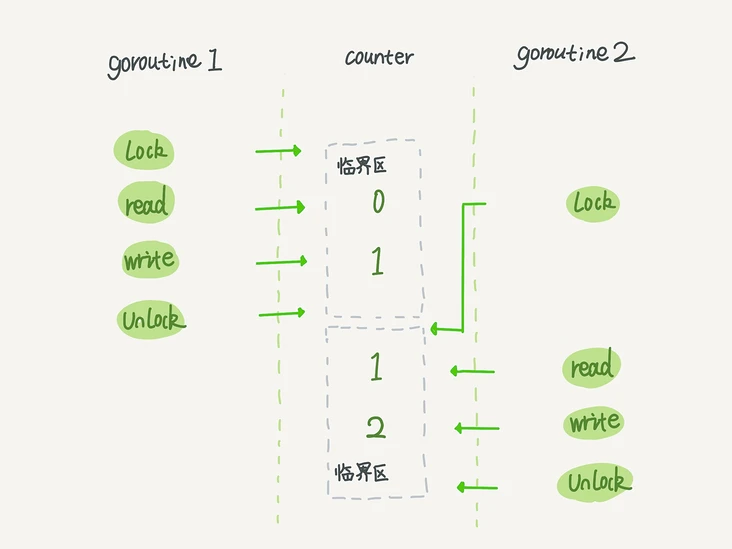
底层实现结构
互斥锁对应的是底层结构是sync.Mutex结构体,,位于 src/sync/mutex.go中
type Mutex struct {
state int32
sema uint32
}
state表示锁的状态,有锁定、被唤醒、饥饿模式等,并且是用state的二进制位来标识的,不同模式下会有不同的处理方式
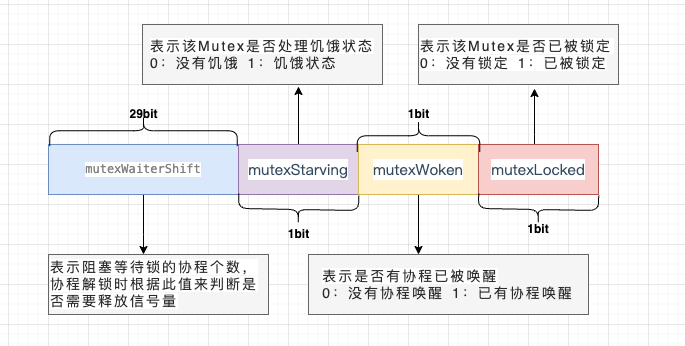
sema表示信号量,mutex阻塞队列的定位是通过这个变量来实现的,从而实现goroutine的阻塞和唤醒
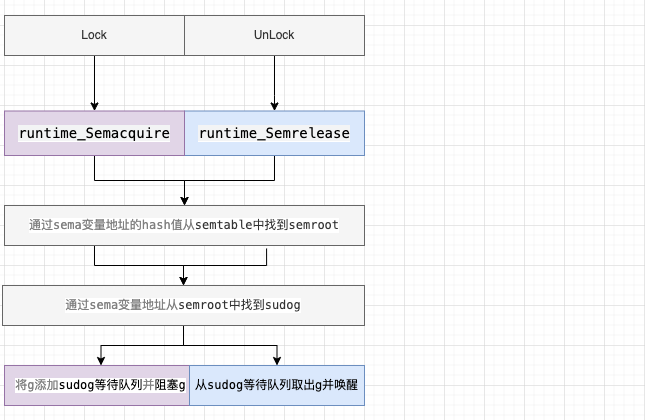
addr = &sema
func semroot(addr *uint32) *semaRoot {
return &semtable[(uintptr(unsafe.Pointer(addr))>>3)%semTabSize].root
}
root := semroot(addr)
root.queue(addr, s, lifo)
root.dequeue(addr)
var semtable [251]struct {
root semaRoot
...
}
type semaRoot struct {
lock mutex
treap *sudog // root of balanced tree of unique waiters.
nwait uint32 // Number of waiters. Read w/o the lock.
}
type sudog struct {
g *g
next *sudog
prev *sudog
elem unsafe.Pointer // 指向sema变量
waitlink *sudog // g.waiting list or semaRoot
waittail *sudog // semaRoot
...
}
操作
锁的实现一般会依赖于原子操作、信号量,通过atomic 包中的一些原子操作来实现锁的锁定,通过信号量来实现线程的阻塞与唤醒
加锁
通过原子操作cas加锁,如果加锁不成功,根据不同的场景选择自旋重试加锁或者阻塞等待被唤醒后加锁

func (m *Mutex) Lock() {
// Fast path: 幸运之路,一下就获取到了锁
if atomic.CompareAndSwapInt32(&m.state, 0, mutexLocked) {
return
}
// Slow path:缓慢之路,尝试自旋或阻塞获取锁
m.lockSlow()
}
解锁
通过原子操作add解锁,如果仍有goroutine在等待,唤醒等待的goroutine

func (m *Mutex) Unlock() {
// Fast path: 幸运之路,解锁
new := atomic.AddInt32(&m.state, -mutexLocked)
if new != 0 {
// Slow path:如果有等待的goroutine,唤醒等待的goroutine
m.unlockSlow()
}
}
注意点:
- 在 Lock() 之前使用 Unlock() 会导致 panic 异常
- 使用 Lock() 加锁后,再次 Lock() 会导致死锁(不支持重入),需Unlock()解锁后才能再加锁
- 锁定状态与 goroutine 没有关联,一个 goroutine 可以 Lock,另一个 goroutine 可以 Unlock
本文节选于Go合集《Go语言面试题精讲》
GOLANG ROADMAP 一个专注Go语言学习、求职的社区。


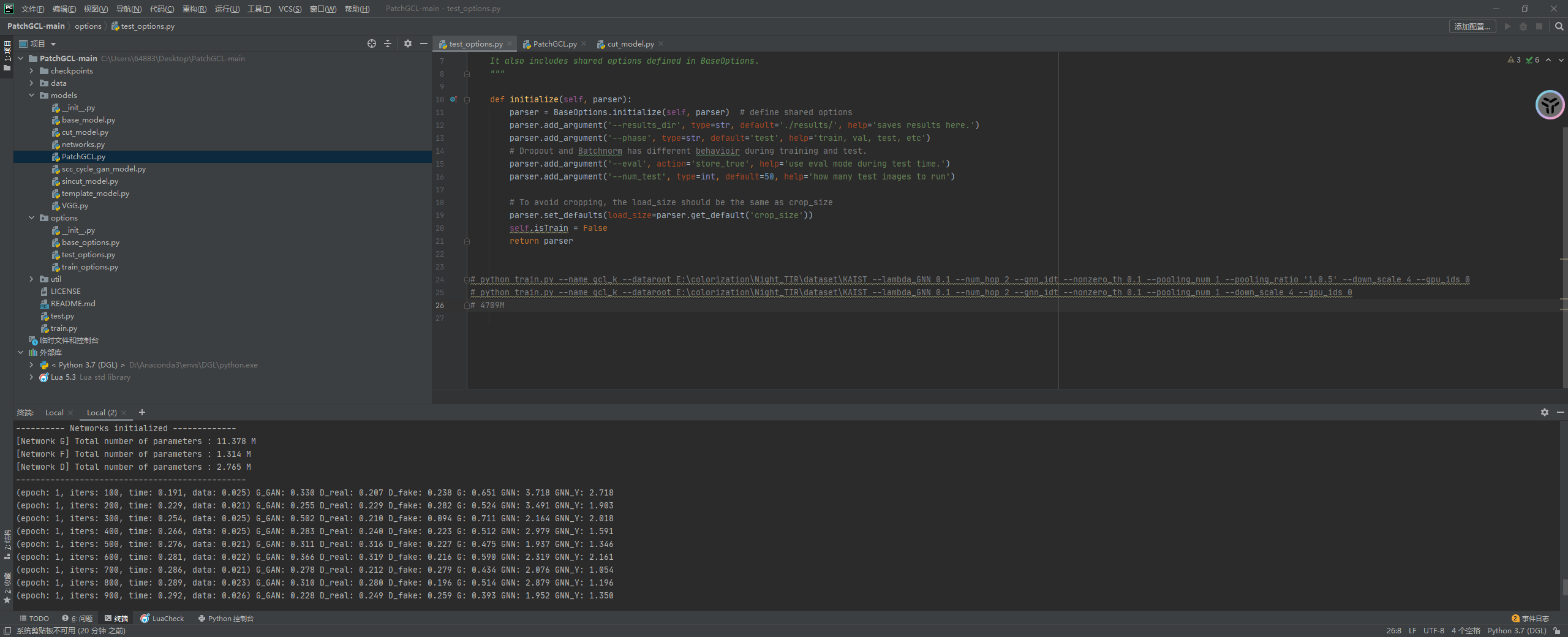








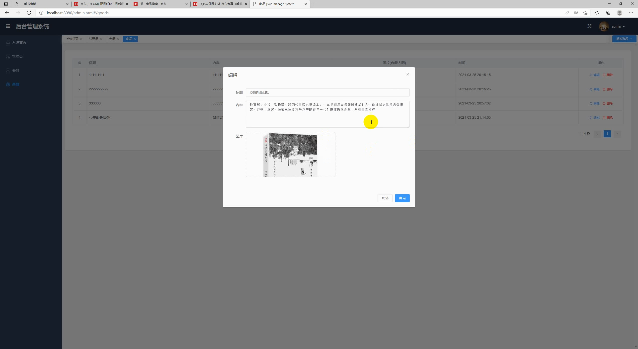



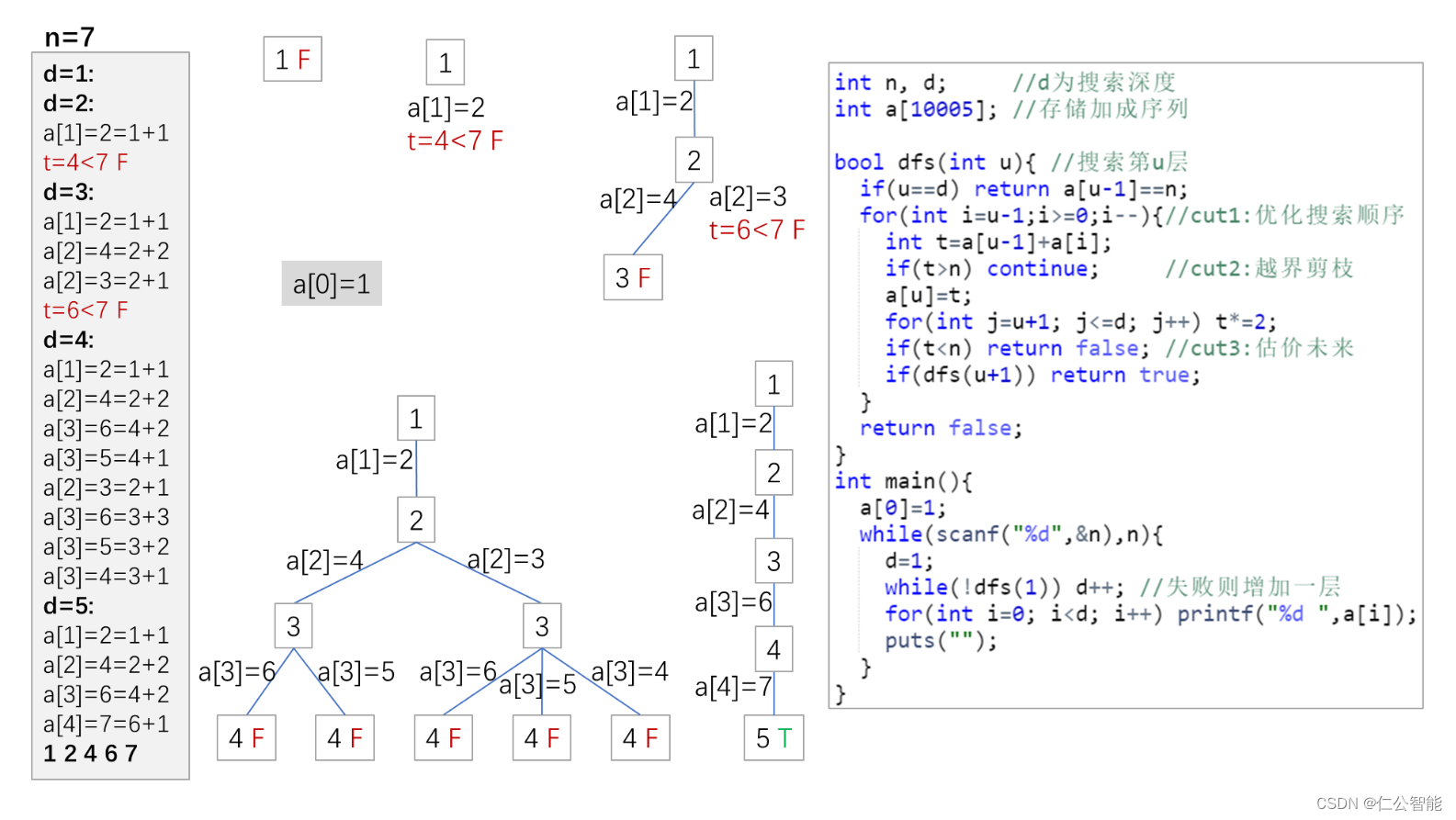
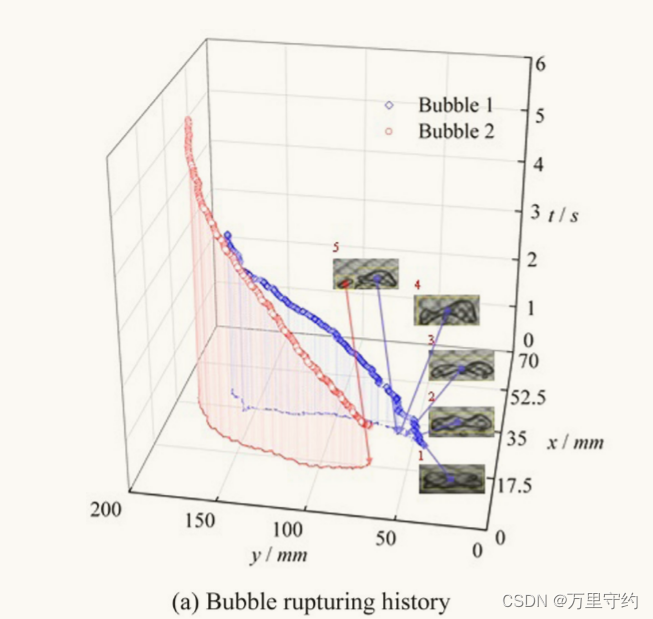

![反序列化逃逸 [安洵杯 2019]easy_serialize_php1](https://img-blog.csdnimg.cn/direct/5af1d13f81a04da19418135d0a693818.png)
